
Full Spectrum Grow Light for Indoor Strawberries
- Home
- Full Spectrum Grow Light for Indoor Strawberries
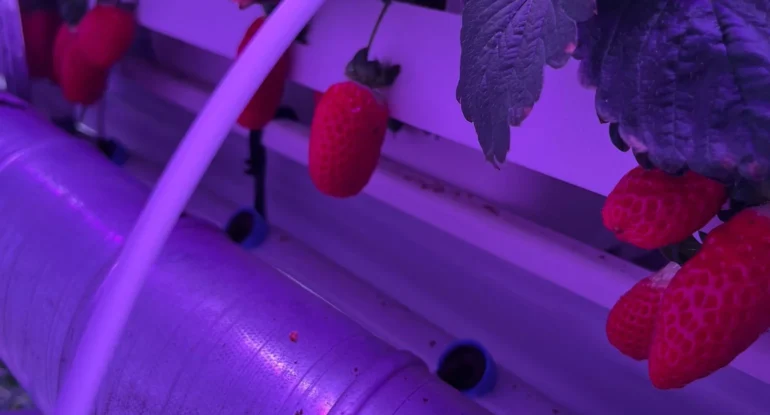
Full Spectrum Grow Light for Indoor Strawberries
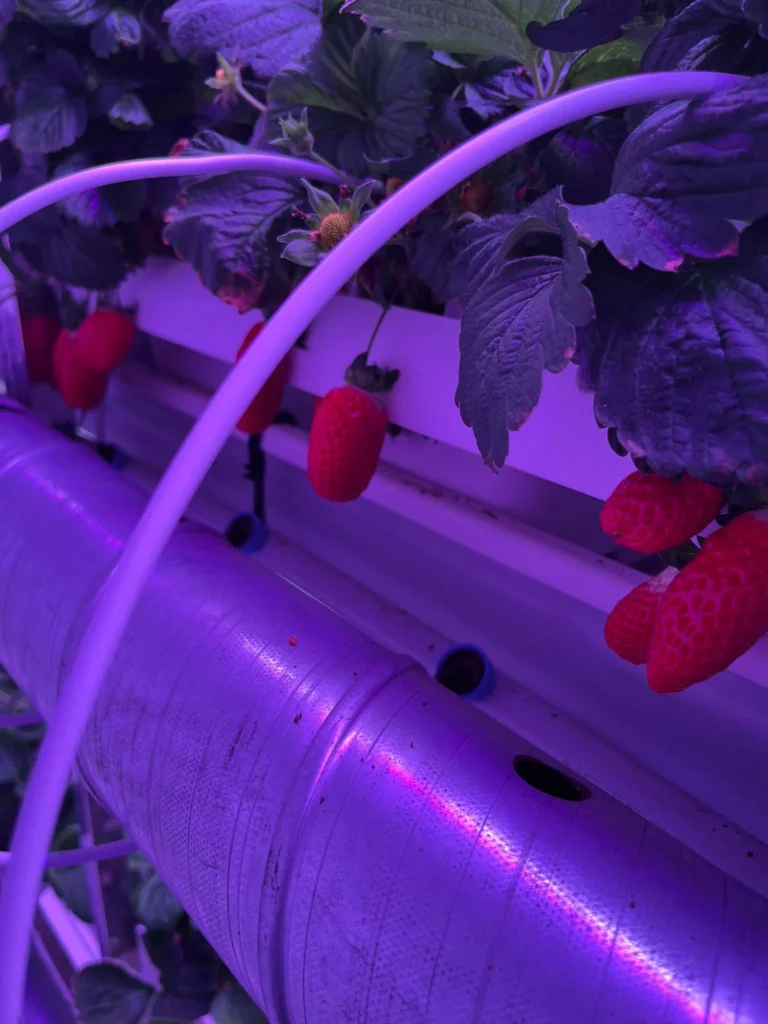
Abstract: In crop cultivation, particularly in controlled environmental agriculture, light quality is one of the most critical factors affecting crop growth and harvest. Many scholars have studied the effects of light quality on strawberry traits, but they have used relatively simple light components and considered only a small number of light qualities and traits in each experiment, and the results were not complete or objective. In order to comprehensively investigate the effects of different light qualities from 350 nm to 1000 nm on strawberry traits to better predict the future growth trend of strawberries under different light qualities, we proposed a new approach.
Introduction:
Full-spectrum grow lights are artificial light sources designed to mimic natural sunlight. These lights emit a broad spectrum of wavelengths that plants use for photosynthesis, including ultraviolet (UV), visible, and infrared light. For indoor strawberry cultivation, full-spectrum lighting can replicate the natural light conditions required for healthy plant growth and fruiting, making it an essential tool in controlled environments like greenhouses, hydroponic systems, or indoor grow rooms.
Strawberries (Fragaria × ananassa) are typically grown outdoors under direct sunlight, but growing them indoors provides the benefit of controlling environmental conditions such as temperature, humidity, and light. Indoor farming, especially in urban settings, has seen an increase in popularity due to its potential to produce fresh, locally grown produce year-round, regardless of weather conditions. Full-spectrum grow lights are central to this shift, as they can effectively support the photosynthesis process in plants that would typically depend on natural sunlight.
We developed a spectrum for strawberry crop whereas the wavelength is 400-700 nm
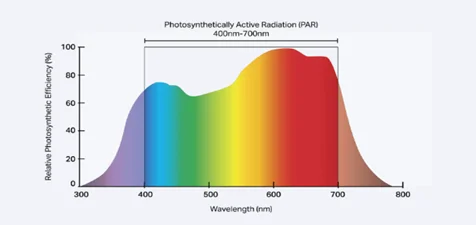

Key Features for Strawberry Grow Lights:
- Full-Spectrum Light: Ensure the light provides a balanced spectrum that covers blue (400-500 nm) for vegetative growth, and red (600-700 nm) for flowering and fruiting. Some lights also have UV (ultraviolet) and IR (infrared) wavelengths, which can improve plant health and yield.
- Wattage: For indoor strawberries, you’ll want a grow light that provides sufficient intensity. Typically, 18-25 watts per square foot is ideal for most indoor fruiting plants. You can choose from LED, with LED being more energy-efficient and producing less heat.
- Light Duration: Strawberries need about 14-16 hours of light per day for optimal growth. You might want to invest in a timer to regulate this automatically.
- Dimmable Options: A dimmable light can help you adjust the light intensity based on the growth stage of your plants.
The Light Spectrum Matters: Strawberries, like all plants, require a specific range of light wavelengths for optimal growth and fruit production. This spectrum encompasses both blue and red light, each playing a vital role:
Blue Light (400-500 nm): The maestro of vegetative growth, blue light fuels the development of lush, compact plants.
Red Light (600-700 nm): Red light takes center stage when it comes to flowering and fruiting. It acts as the conductor, encouraging your strawberry plants to burst forth with vibrant blooms and delicious berries.
Modern LED grow lights excel in providing this vital light spectrum. Look for lights that offer a full spectrum, ensuring your strawberries receive the complete light orchestra for thriving growth.
Illuminating Intensity and Coverage: Let There Be Light (Evenly!)
Light intensity and coverage are crucial factors for success. Insufficient light will leave your plants stunted and shy on fruit production. Conversely, excessive light can cause stress and damage. To achieve optimal results, consider these pointers:
Pay heed to manufacturer recommendations: Grow light manufacturers specify a recommended coverage area and hanging height. This ensures your strawberry plants receive the ideal amount of light for even growth across the entire planting area.
Harnessing the Power of LEDs: Efficient LEDs offer a winning combination. They boast high spectral efficiency, translating to more light output (measured in micromoles per joule or μmol/j) with less energy consumption. This translates to lower electricity bills and a greener growing footprint.
Best Full Spectrum Details for Indoor Strawberries:
1.Light Spectrum: Strawberries exhibit specific photoreceptor-mediated responses to different wavelengths of light. For robust growth and flowering, choose LED grow lights that provide a balanced spectrum with appropriate ratios of red (R, 600-700 nm) and blue (B, 400-500 nm) wavelengths. Red light stimulates flowering, while blue light promotes vegetative growth. Ensuring a proper blend of R & B wavelengths optimizes photomorphogenic processes in strawberries.
2.Photosynthetic Photon Flux (PPF) : PPF measures the quantity of photons emitted by a grow light that are available for photosynthesis. Look for LED lights with a high PPF value, indicating their capacity to deliver sufficient photosynthetically active radiation (PAR) to drive photosynthesis effectively. This parameter influences strawberry plant growth, carbon assimilation and ultimately, fruit yield. The average Photosynthetic Photo Flux Density (PPFD) requirement for indoor cultivation of strawberries is about 300 to 350 with photoperiod ranging from 14 to 16 hours.
3.Daily Light Integral (DLI): DLI represents the total amount of PAR received by plants in a day which is a critical factor in achieving optimal photosynthesis and growth. Calculate the DLI requirements for your strawberry plants based on their growth stage. Select grow lights that can deliver the necessary light intensity & duration to meet the target DLI values for optimal productivity. The strawberry crop requires an average DLI of 15 to 20 mol/m²/d.
4.Phytochrome Response: Phytochromes are photoreceptors involved in regulating plant developmental processes. In strawberries, a balance between red (Pr) & far-red (Pfr) light is crucial for various physiological responses. Consider LED grow lights that emit both red & far-red light, as this helps maintain the Pr:Pfr ratio, influencing plant architecture, flowering initiation and runnering in strawberries.
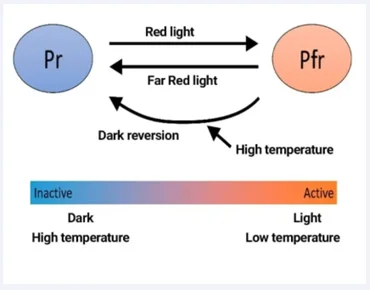
5.Light Uniformity and Distribution: Uniform light distribution across the growing area is essential for consistent plant growth. Choose grow lights that provide even coverage and minimize light gradients, ensuring uniform exposure to light for all strawberry plants. This reduces shading effects, improves photosynthetic efficiency and minimizes variations in plant development.
6. Heat Management: Efficient heat dissipation is vital to prevent heat stress in strawberry plants. Opt for LED grow lights with advanced thermal management systems that effectively dissipate excess heat. This prevents temperature fluctuations, ensuring optimal physiological & biochemical processes thereby safeguarding strawberry crop health.
7.Efficiency and Longevity: Consider the energy efficiency of the grow lights to minimize power consumption. LED lights are renowned for their high efficiency & long lifespan. Investing in high-quality LED grow lights not only reduces energy costs but also ensures prolonged, reliable performance for your strawberry cultivation.
Tips for Growing Strawberries with Full-Spectrum Lights
- Distance from Plants: LEDs can be placed 12-24 inches above the plant canopy, depending on the light intensity. Fluorescent lights should be placed closer (6-12 inches).
- Light Duration: Aim for 14-16 hours of light during the growing phase. A timer can help automate this process.
- Temperature and Humidity: Keep the temperature between 65-75°F (18-24°C) and humidity around 60%. Avoid excessive heat from grow lights, as it can dry out the plants.
Using a high-quality full-spectrum grow light, combined with the proper environmental conditions, will help your indoor strawberries grow successfully, yielding sweet, delicious fruit year-round.
Reference:
- Horticulture Lighting Group (HLG) – Full Spectrum Grow Lights Guide
- Greenhouse Megastore – Grow Lights for Indoor Plants
- www.nexsel.com (spectrum for indoor strawberries)
- The effect of light quality on strawberry growth, development, and fruit quality under a controlled environment – Frontiers in Plant Science
- Full-spectrum LED lights for controlled environment agriculture -Agricultural Engineering International: CIGR Journal
- Effects of light intensity and spectrum on strawberry production in controlled environments – HortScience
- Blog Categories
- Basic of Artificial Lighting for Plants
- Basic of grow Light
- Case Studies
- General Awareness
- Indoor Vertical Farming
- Medical Plant Research
- Online Tool
- Pitch Grow Light
- Plant Lighting Measurement
- Speed Breeding
- Supplemental Lighting
- Tissue Culture Grow Lights
- Vertical Green Wall
- LED Grow Lights
- Pharma Segment
- General
Popular Products
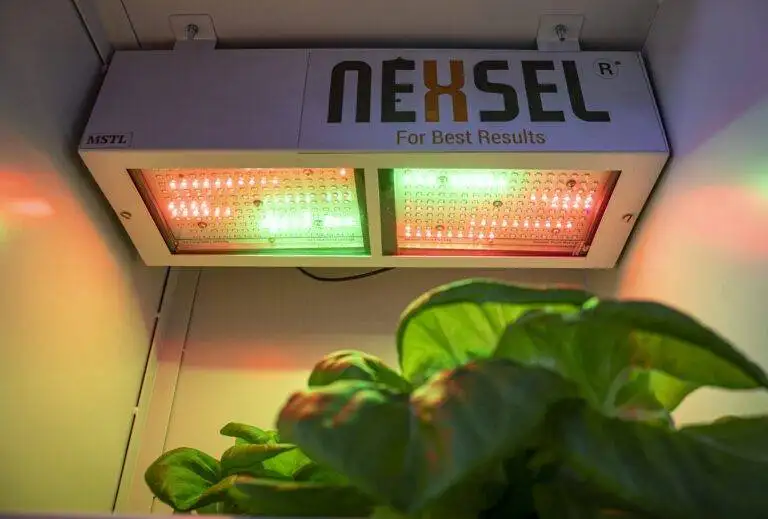
Enquire Now
Quick Link
Other Links
Design & Developed By VBTEK



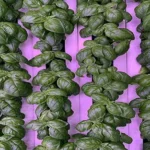
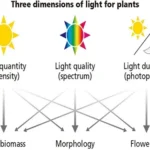
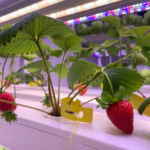
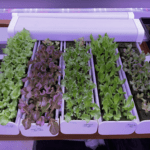
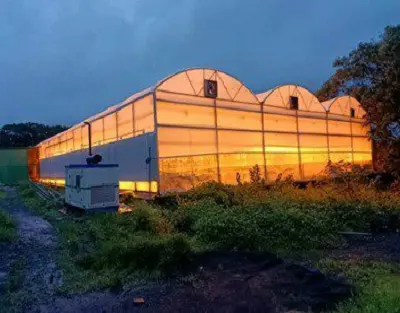
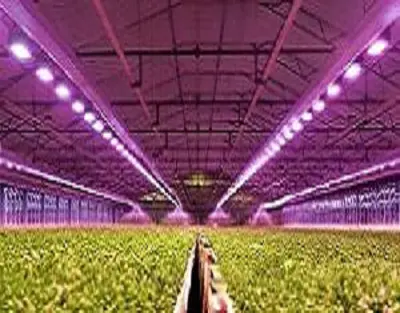
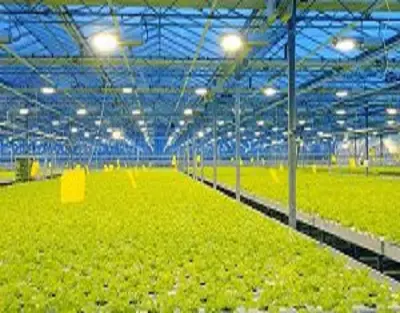
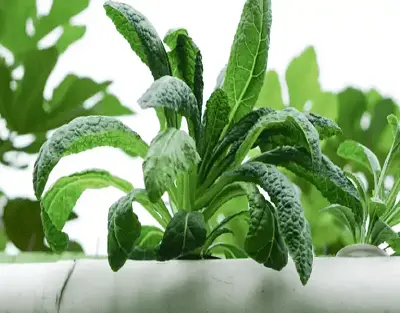
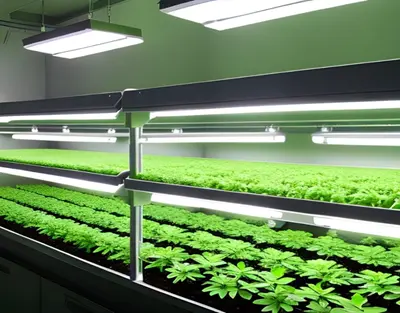
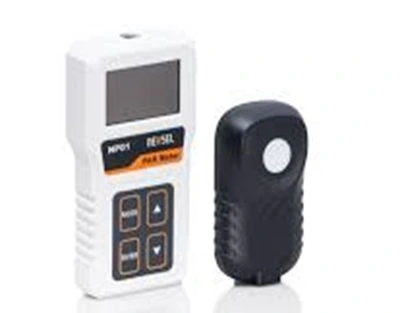
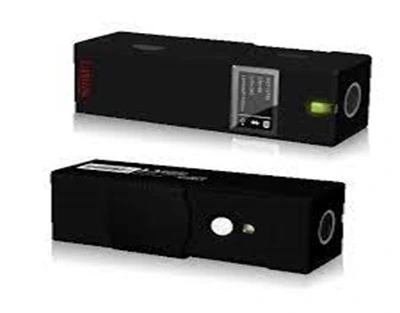
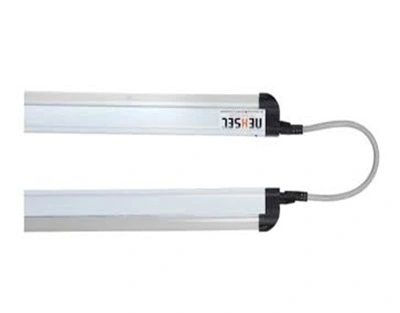
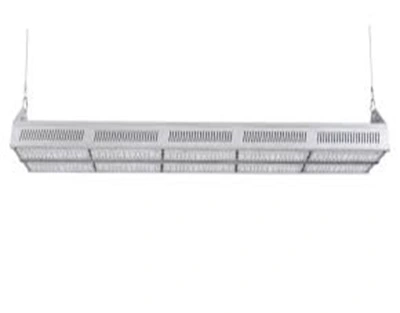
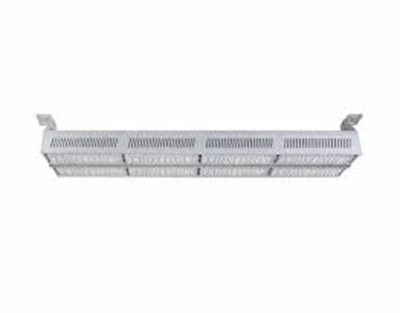
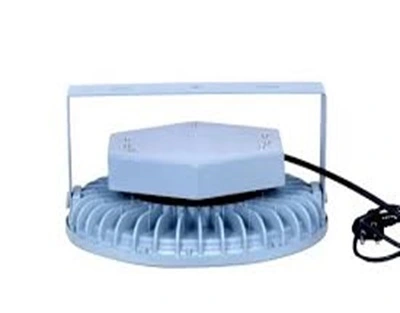
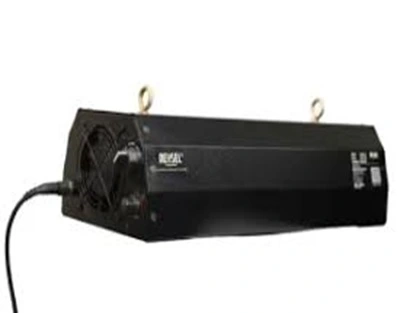
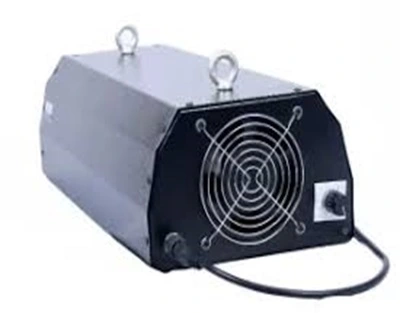
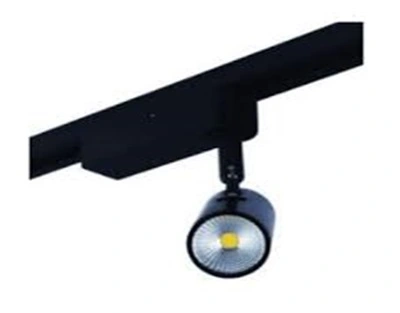
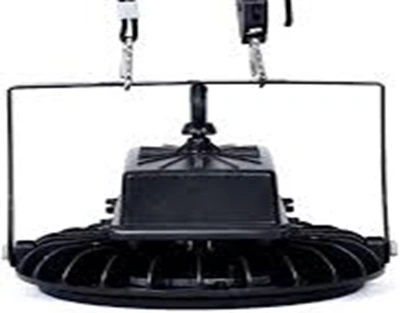
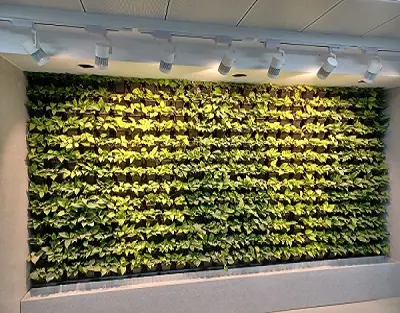
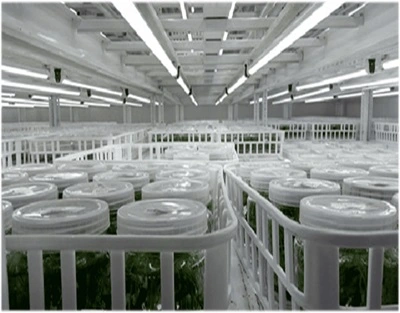
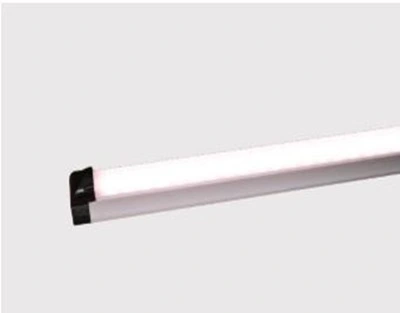
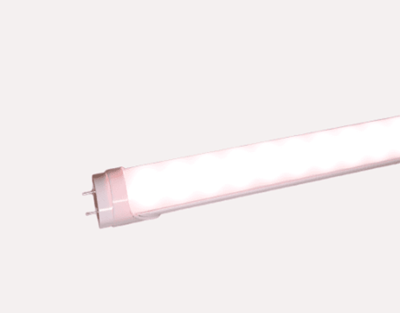
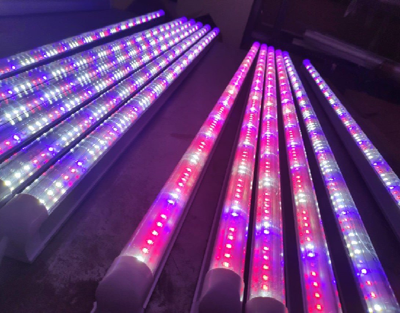
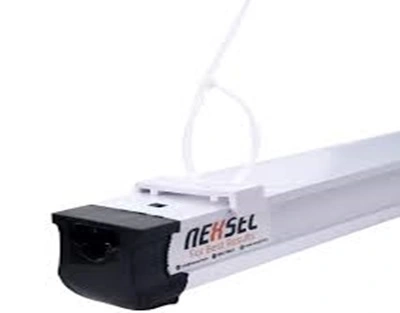
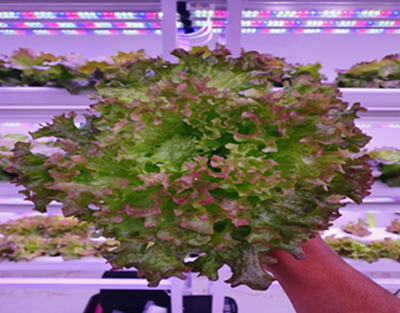
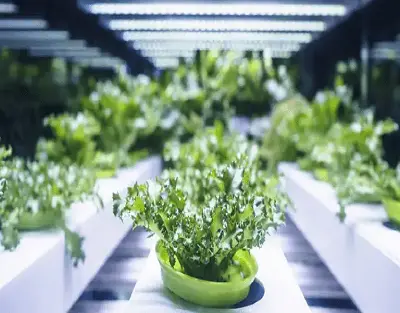
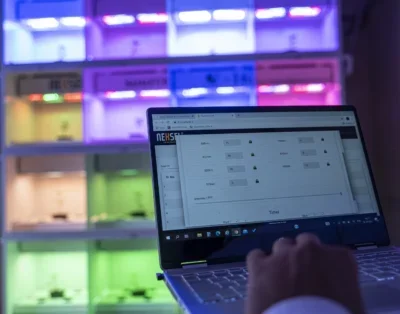


Leave A Comment